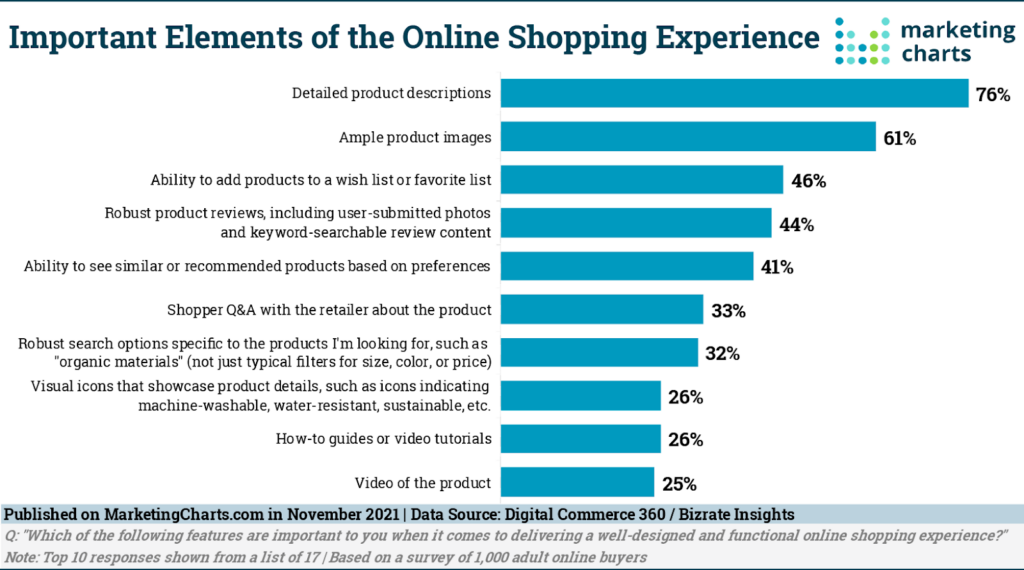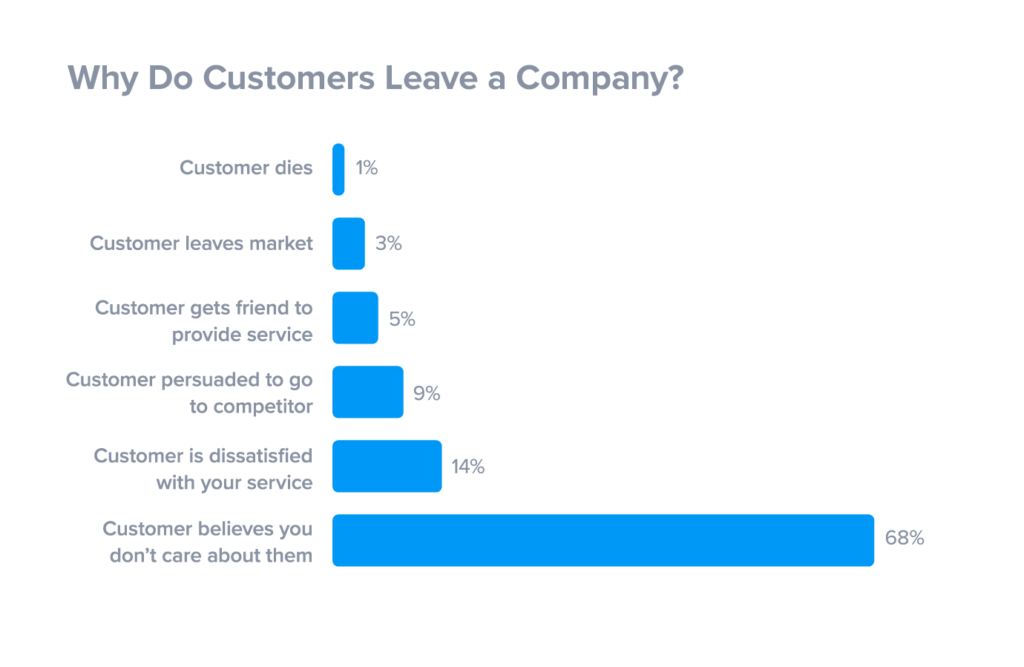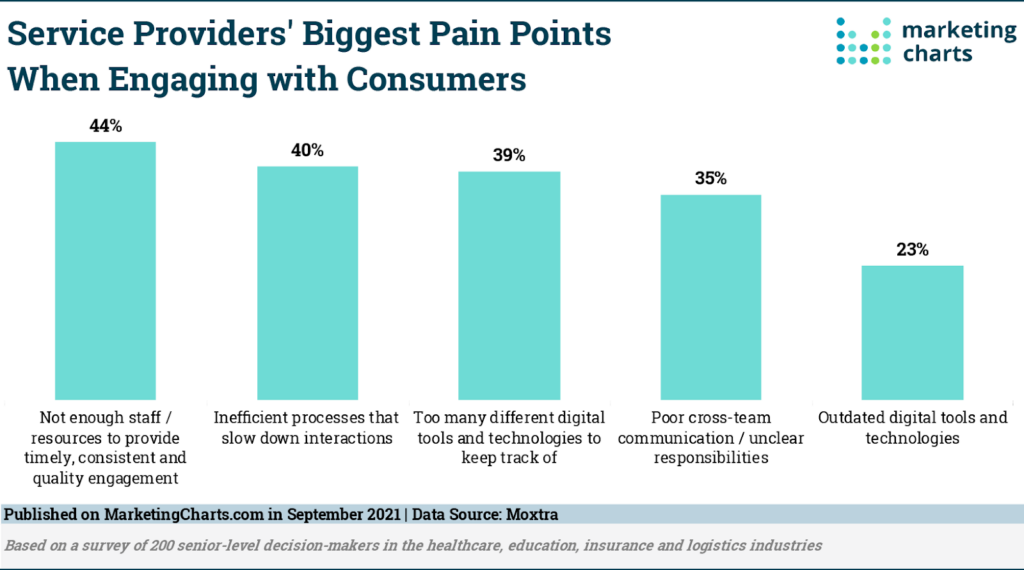
If your business is swamped with inquiries it would probably be a help to have a well-organized system of information accumulation, so that when the same queries come up repeatedly, situations can be dealt with in real-time.
Even better if the user can find the solution to their issue themselves. Well, luckily, such a system exists. It’s called a Knowledge Management System.
What Exactly Is a Knowledge Management System?
Data is becoming more highly valued. In fact, 85% of US companies are now increasing their focus on data. So, it makes sense to look at how best to structure this.
In the most general sense, a Knowledge Management System is a way of storing and accessing the expertise and wisdom born from experience, so that the circulation of intelligence can flourish.
These systems can find themselves in many guises and in a multitude of applications. It can be said, for instance, that every library on earth is a knowledge management system. As is a magnetic memo pad stuck on the side of the fridge.
Knowledge Management Systems can be broadly divided into internal and external. The former is intended to deliver benefit to the staff member needing answers to work-based queries like “how to record a phone conversation?” and requiring models of the business process. This can be very useful in employee training, for instance. The latter is focused on giving those outside the organization the information they need in a clear and reliable manner.
For the purposes of this article, we’ll concentrate primarily on the latter. We’ll cover the system used in client support, as this is an area of increasing interest to organizations wishing to improve customer care while saving money.
Examples of a Knowledge Management System in Customer Support
Research shows that customers want more product information.

So, the aim of the game is to render the customer adequately informed. Here are a few ways Knowledge Management Systems can do this.
Frequently Asked Questions (FAQs)
An FAQ section is a feature that is used extremely widely. They can be said to be the very essence of a Knowledge Management System. As the name suggests, the question list therein is generated from the most common enquiries directed at the website or over a digital phone number over at a call center. The answers provided are gleaned from the expertise accumulated over time.
This expertise is readily accessed by the enquirer, who is able to acquire satisfaction with little or no output in effort or time from any of your team. No wonder FAQs are such an internet mainstay. They’re a very significant way of improving the customer online experience, especially on sales channels.
Forums
These are a great way of harnessing user expertise and making it available for other users. A user’s perspective can unearth nuance that may have eluded the sales entity’s attention. It’s not so great though when overly critical material surfaces. This is of course the problem with accessing the voice of customer experience. For this reason, moderation is often required.
Tutorials
These can be very effective, especially for more complex processes. They do depend on a certain amount of commitment on the part of the user to see the job through to the end. Your organization can assist in the likelihood of success here by ensuring that the tutorial quality is sufficiently simple and compelling to result in fulfilment.
Case Studies
For detail and story value, a case study can be very useful. As long as the story of a company’s overcoming of a particular issue has relevance to the user reading it, it can provide the color and real-life aspect that is crucial in generating impact.
Reviews
Massively significant in terms of user value, reviews have a huge influence on sales.
Beware negative reviews, though. Of special concern are bogus negative reviews posted by those with an interest in your commercial demise. This then is another area that will benefit from at least a little monitoring, with an eye to ensuring data integrity.
Knowledge Management System Benefits
New Customers Can be Attracted
Sales prospecting made easy. How? Customers exploring a new product or service will often wish to have a well-rounded portrait of what they’re looking at. For this purpose, the reviews, tutorials, and case studies found in your organization’s Knowledge Management System can be invaluable.
More than this though, a customer wanting to see if your company has the agility and commitment to be able to respond effectively to customer concerns will find assurance in the presence of a good Knowledge Management System.
A Happy Customer is a Retained Customer
More specifically, customers need to feel that a company cares about them.

When you can deliver this kind of benefit without committing expensive staff time you have a win.
Freeing Up
You and your staff can be liberated from more repetitive tasks such as dealing with the tenth instance of the same query that morning. If you can match this spare capacity with tasks requiring more creativity and spontaneity, you’ll probably have a happier and more fulfilled workforce.
Avoid Loss
When staff members leave, the expertise gap generated can be enormously damaging to a company’s collective competence. It could be that a departing member of staff knows all there is to know in many areas like knowing how to transfer phone calls to another phone or understanding what is HDFS file system. Some of this you will want to enshrine.
Rather than having to gather this information once more, you can encapsulate it safely, thereby weathering the ups and downs of staff turnover more easily.
Creating a Knowledge Management System
The knowledge in your system is of two broad kinds; what are the questions people are asking? What are the answers to these questions?
User Questions

You’ll probably already have an excellent resource here. Your frontline staff will deal with user questions every day. Collate data from their accounts on what comes up most.
Sensation bias (where the most eye-catching and colorful issues tend to be more readily recalled) can distort matters, so it’s good to pair this approach with a trawl through a section of your company’s support tickets. The information that will be available can be really helpful here.
Another tool you can use is ecommerce analytics: by studying what your site visitors are searching for, you can construct a good picture of customer interest.
Finally, don’t forget to keep an eye on mentions your company may score on internet marketing software and social media. The frankness that characterizes social media will give you a great window into what users are currently feeling about your products and services.
Generating the Answers
Don’t assume you have all the best answers yourself. Your staff will have accumulated a wealth of information between them, so don’t be afraid to mine their expertise. Pair this with your own knowledge, plus product information from the manufacturers, and you will start to build a detailed information base.
It’s a wise move to go looking at other companies’ systems or check their affiliate marketing tools. You may find that some of the issues that you are seeking information on will already have been dealt with elsewhere. Just be sure to use the general information and not the exact wording. Commercial larceny makes for twitchy lawyers.
Making Answers Accessible
There is a dichotomy in Knowledge Management Systems thinking that can be characterized thus: storing knowledge vs sharing knowledge (or, on a similar note, codification vs personalization). Stored knowledge without any access facility is pretty much useless.
Naturally, you’ll want to ensure security where necessary, but your fundamental goal is to enhance user learning. As previously mentioned, one of the advantages of a Knowledge Management System is being able to deliver this without a big staff spend. This is a key concern for businesses:

Which of the varieties of Knowledge Management System outlined earlier in this piece you decide to use depends on the size of your operation and your customer profile. Overall though, it’s a good idea to incorporate a blend of different approaches. Your priorities are threefold: make the information easy to find, readily understandable, and as definitive as you can manage. This is the way to bring about a better customer experience.
Making Your System Better

The importance of research into the user experience of knowledge bases is illustrated by how many times a pop-up will enquire about your satisfaction just as you leave the site. It’s best practice to combine this data with other approaches (such as time on page or bounce rate) in tandem.
The best way to make your system better is by regularly attending to its content to ensure that the information within is up to date and relevant. You also need to review pages to try to address parts that some users seem to have struggled with.
Finally, stay abreast of developments in technology so that your system can stay at the cutting edge of the game.
These are all ways you can be sure of improving data quality in your company.
Conclusion
By putting in place a decent Knowledge Management System, you can streamline activities for all concerned. Just don’t assume it’s a fire-and-forget solution.
Knowledge needs to be treated as a living entity to be of use to your company and your customers. It needs nurturing and feeding, it needs pruning and shaping: it needs regular attention from your wise hands.
The post The Ultimate Guide to Knowledge Management Systems appeared first on noupe.





